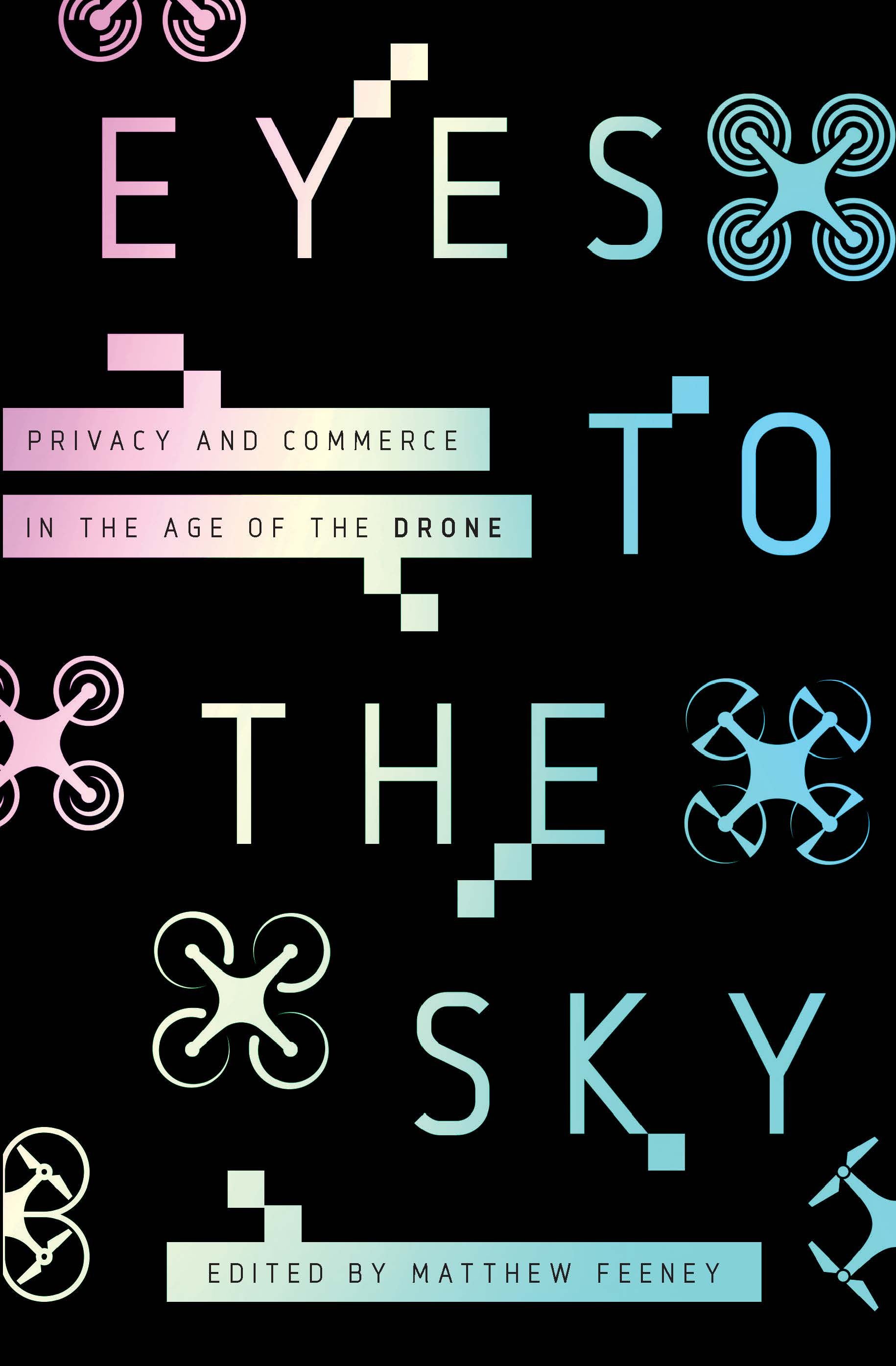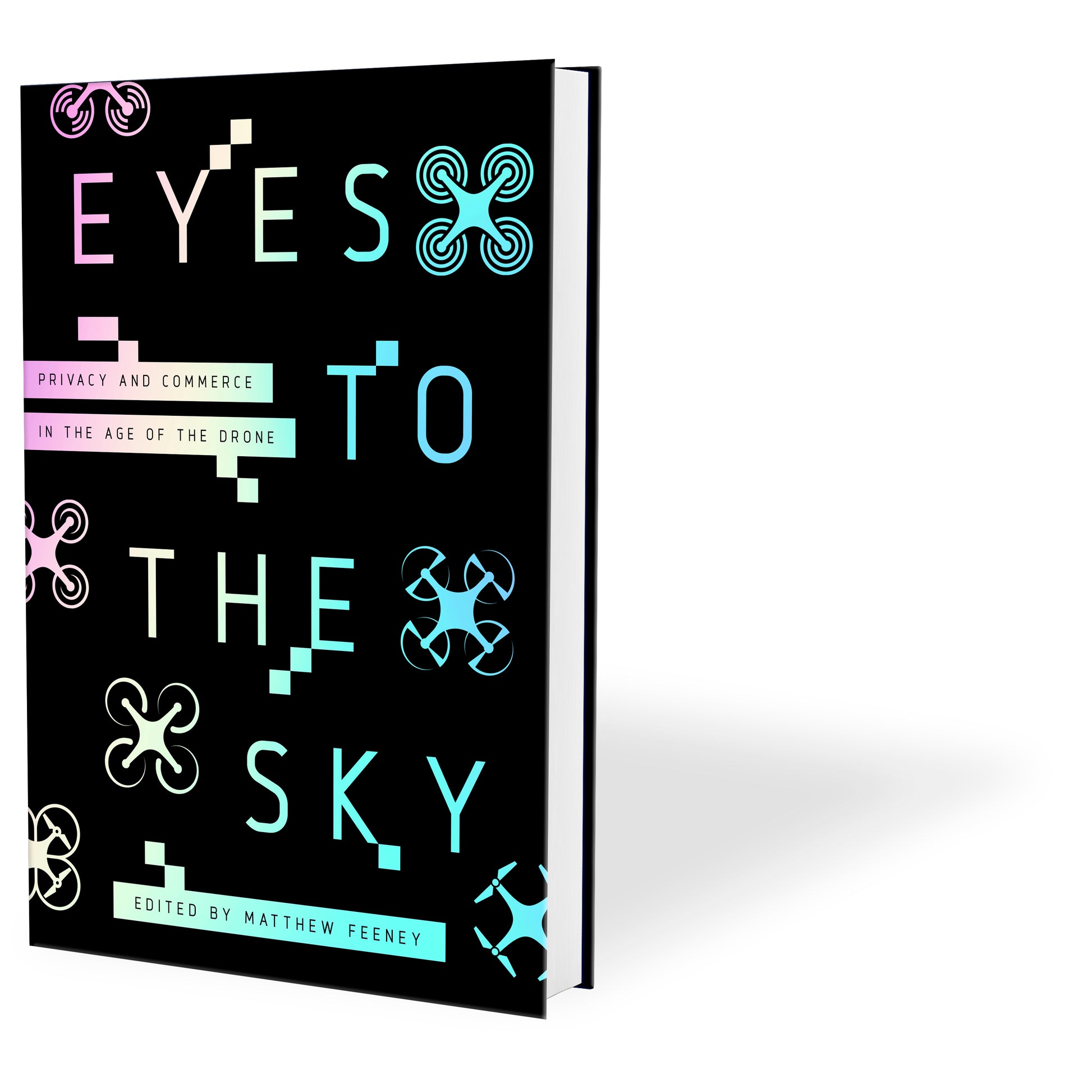
Eyes to the Sky
Drones are among the most exciting and promising new technologies to emerge in the past few decades. Photographers, firefighters, filmmakers, engineers, and retailers have all used drones to improve public safety, innovate, and enhance creativity. Yet drones pose unique regulatory and privacy issues, and lawmakers at the federal and state levels are adopting policies that both ensure the safety of our national airspace and restrict the use of warrantless aerial surveillance.
At a time when low‐flying drones are affordable and ubiquitous, how useful are the airspace regulations and privacy laws designed for traditional airplanes and helicopters? Is there a way to build a regulatory and legal environment that ensures entrepreneurs and hobbyists can safely use drones while also protecting us from intrusive aerial surveillance?
In Eyes to the Sky: Privacy and Commerce in the Age of the Drone, experts from legal, regulatory, public policy, and civil liberty communities tackle these pressing problems. The chapters in this volume not only highlight what we can learn from the history of drone regulation but also propose policies that will allow for an innovative and dynamic drone sector while protecting our privacy. As drone technologies rapidly advance, Eyes to the Sky offers readers the current state of drone capabilities and regulations and a glimpse at exciting and disturbing uses of drones in the near future.
PRAISE FOR THE BOOK
“The future of drone policy is as up in the air as the technology itself. The timely essays in this book provide a roadmap for how to advance drone innovation while addressing the many concerns holding back acceptance both among the public and regulators.”
—Adam Thierer, senior research fellow, Mercatus Center at George Mason University
“Drones are rapidly becoming part of our everyday lives, and society will soon need to grapple with profound issues related to property, privacy, and nuisance. While drones are aircraft, the laws governing aircraft may soon be challenged as drones operate closer to the ground and in airspace never before occupied by manmade flying objects. The unique flying capability of drones is what makes them so valuable and is exactly what will challenge settled laws, individual rights, and liberties. This book tackles these issues head on and is essential reading for anyone who wants to understand how we will balance rights and innovation as this transformational technology begins to occupy our skies.”
—Gregory S. McNeal, professor of law and public policy at Pepperdine University and cofounder of AirMap
“The emergence of drones presents tremendous opportunities as well as numerous risks. Eyes to the Sky takes these opportunities and risks head on—putting forward policies to realize the commercial potential of drones as well as address the real risks posed by government drone surveillance. This book is a vital addition to understanding the way forward for drones in our national airspace.”
—Jeramie D. Scott, senior counsel, Electronic Privacy Information Center
